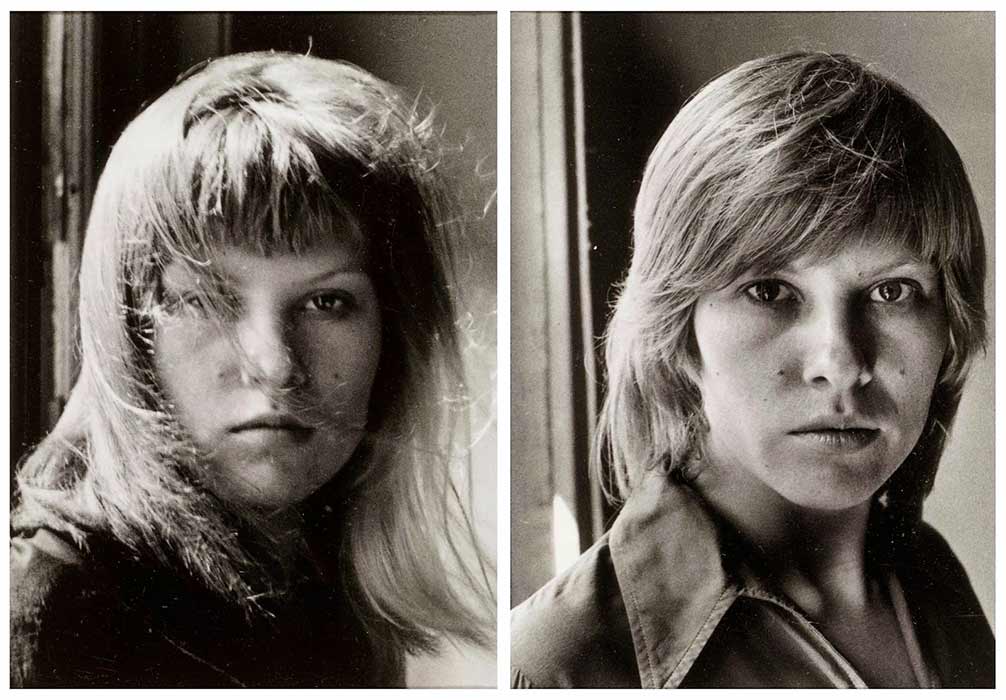Sue Ford
This retrospective exhibition is a must-see for local history buffs and all lovers of photography.
Overview
Before entering the exhibit, a timeline of Sue Ford’s life leads you to the door. Though this may seem a little formal for anyone else, you can't help but find it appropriate. The documentation of change over time was something that Ford devoted much thought too; it's a concern that's echoed in almost all her works.
Divided into four rooms, this retrospective exhibition brings together an impressive collection of works that include photographs, digital prints, collages, films and archived work previously unseen by the public. The works are displayed thematically not chronologically, allowing viewers to marvel at the vast array of influences and significant events that marked the life of one of Australia’s most iconic female artists.
For those that don't know, Sue Ford was a prominent photographer from the 1960s until her death in 2009. Her works focus on notions of personal identity, gender issues, social discourse, politics and Australia’s Indigenous history. In this NGV show we're spoilt for choice — the collection covers all these ideas.
Art as a visual timeline is a prominent concept in the first room as Ford uses numerous portrait series to create narrative; from a 12-day documentation of a friend’s beard growth to the video installation Faces which affectionately documents 20 years of ageing in subjects' faces.
The exhibit also features Ford’s surrealist experiments in photograms, video installations and collage. Collage and digital print appear to be her preferred medium from the 1990s onwards, and she uses these works to signify the colonisation of Australia. These works in particular are eerie and ghostlike as she cuts and pastes portraits of colonial Australians into her own work as well as stills of fuzzy television screens.
Ford used photographic documentation not as an educational tool, but as a mediated landscape for experience. Rather than printing shots of significant events in Australian history as a political record, Ford blows them up, frames them and puts them on a wall. These works are asking us to reconsider what we know about Australian life. A must see for photography lovers, or those with a keen interest in our political, social and artistic history.





